1. Dolphins will intentionally use pufferfish to get “high”
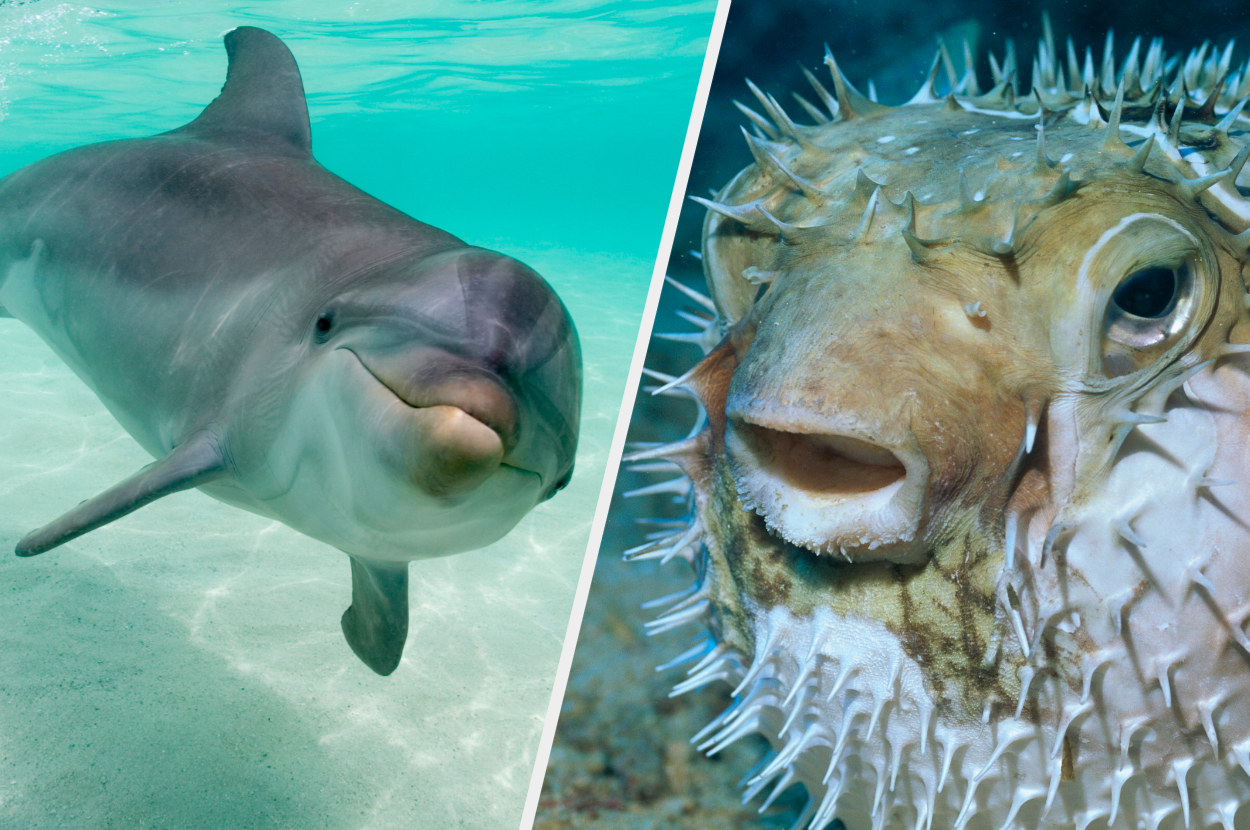
The aquatic mammals deliberately pass around pufferfish and chew on them which releases nerve toxins, thus, leaving dolphins in a “trance-like state” as though they have been experimenting recreationally.
2. Honey badgers have quite the interesting defence mechanism
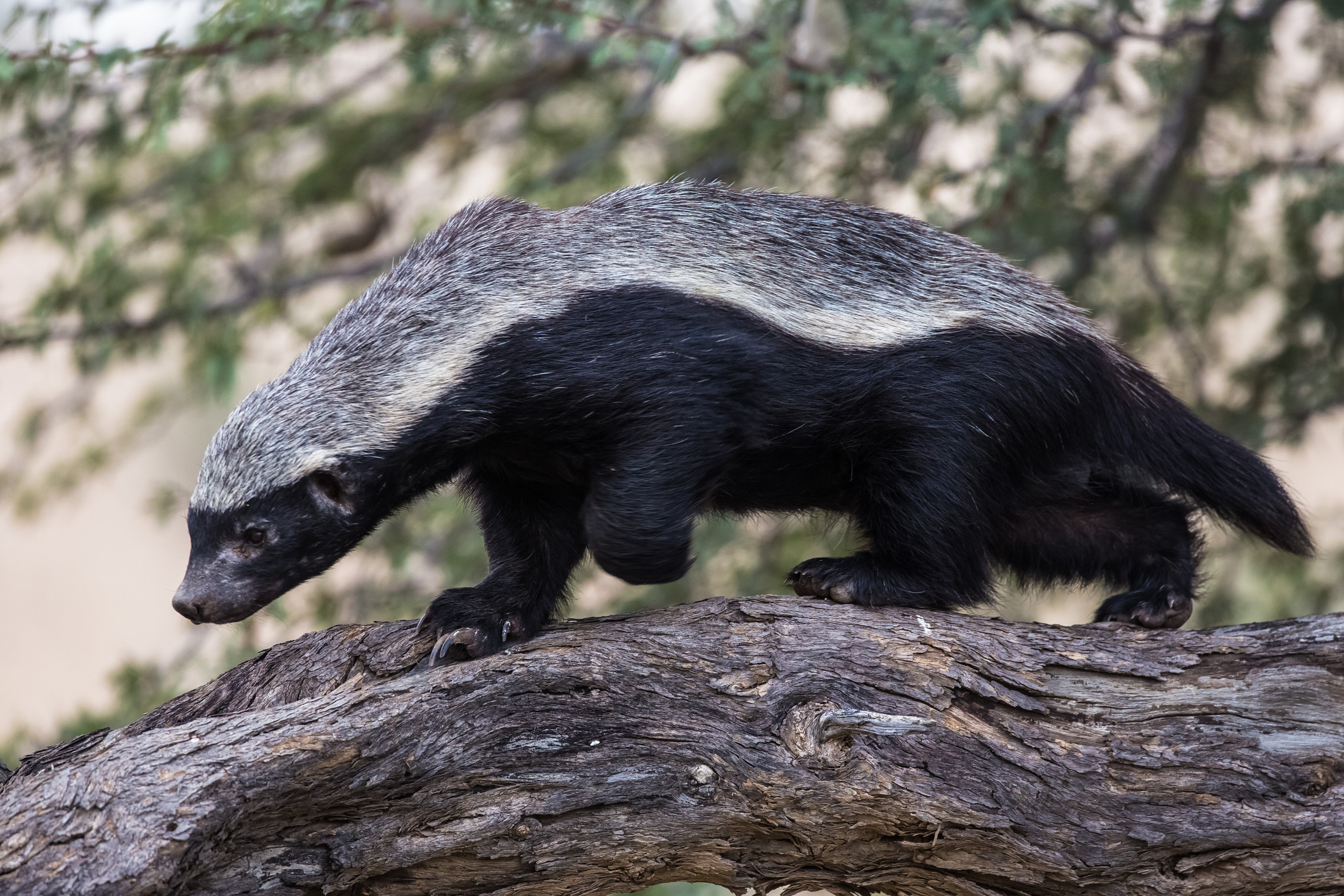
“They can essentially turn their anal pouch inside out and use the smell to deter attackers. I’m not sure what exactly has the guts to attack a honey badger, but if they have the courage to do so, the badger sure as hell isn’t gonna make it easy.”
3. A reindeer’s eyes will change colour depending on the season
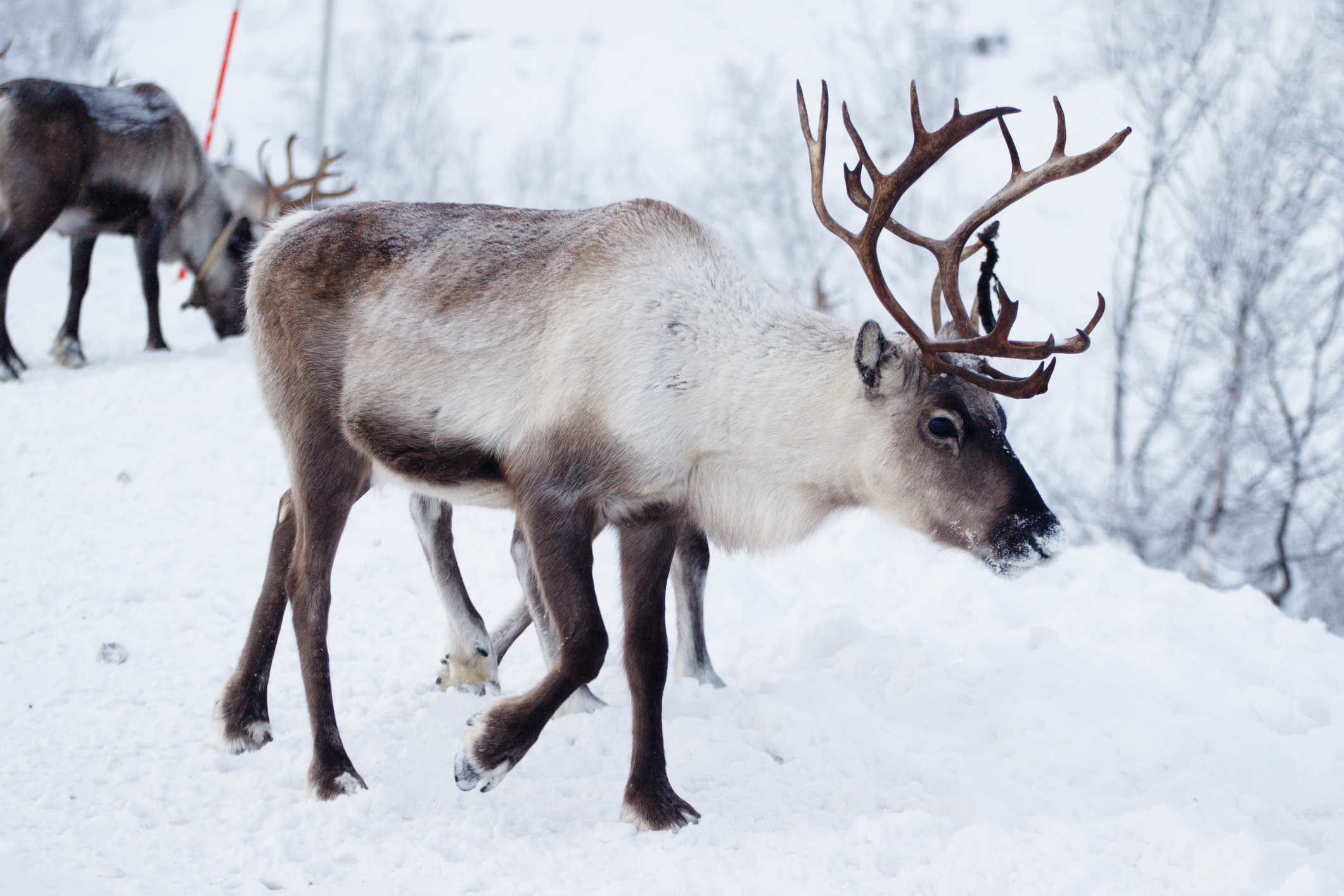
During the summer, their eyes are almost gold before turning into a blue shade ready for winter. No, it’s not a fashion choice, the blue allows reindeer to absorb more light as blue wavelengths of light dominate in winter. This means they can adapt to the sudden darkness in their habitat, without this they would be able to see very, very little, meaning predators would be harder to avoid and food would be incredibly difficult to source.
4. Octopuses are known to randomly “punch” fish
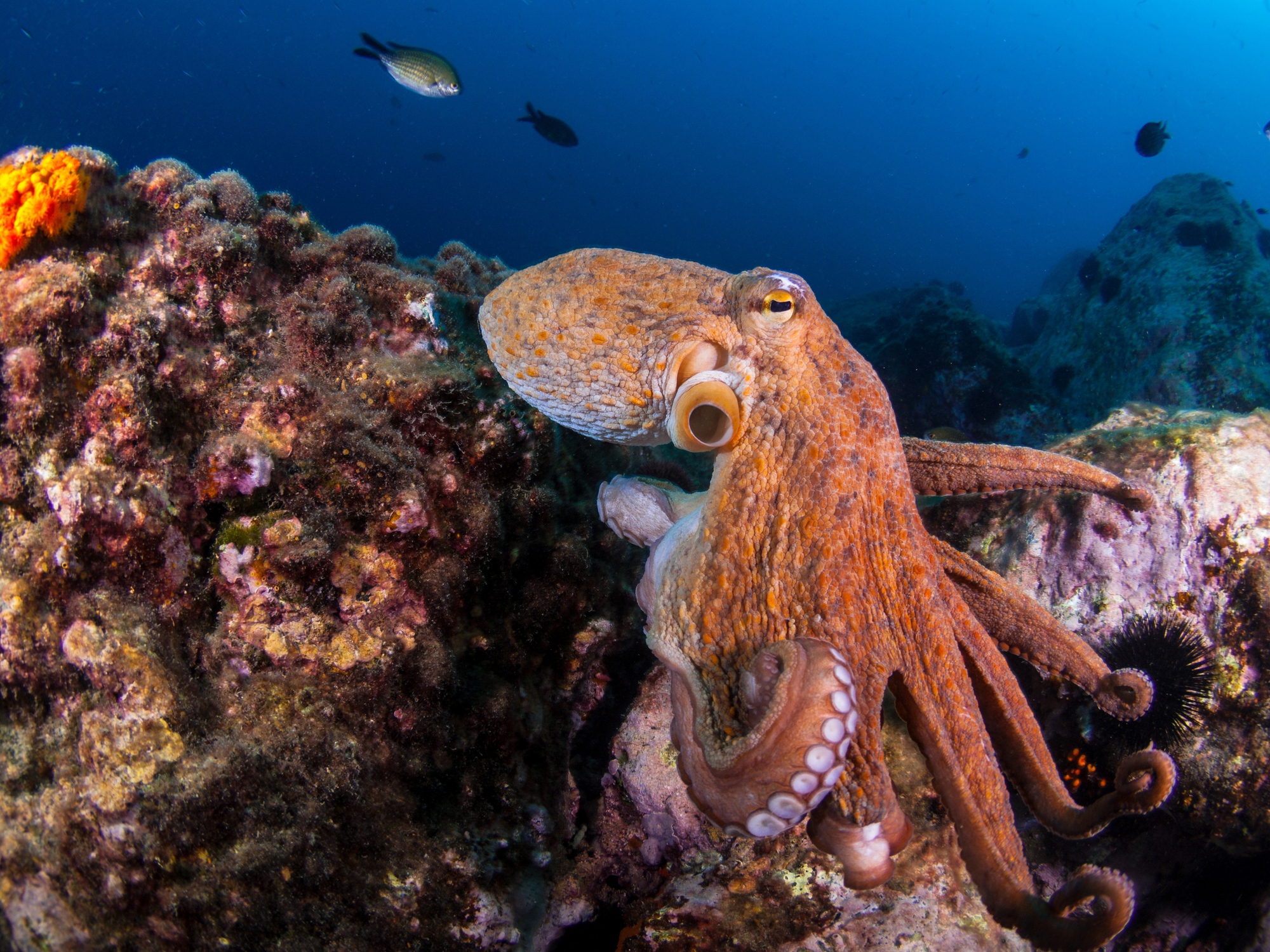
Octopuses and fish often team up together to hunt for prey, but a video filmed by researchers noted that an Octopus may do this to disorientate the fish, thus, giving them the opportunity to reach the prey first. They also commented that sometimes they do this out of purely “spiteful behaviour.”
ADVERTISEMENT5. Woodpeckers’ tongues wrap around their brains to cushion them from the vibrations
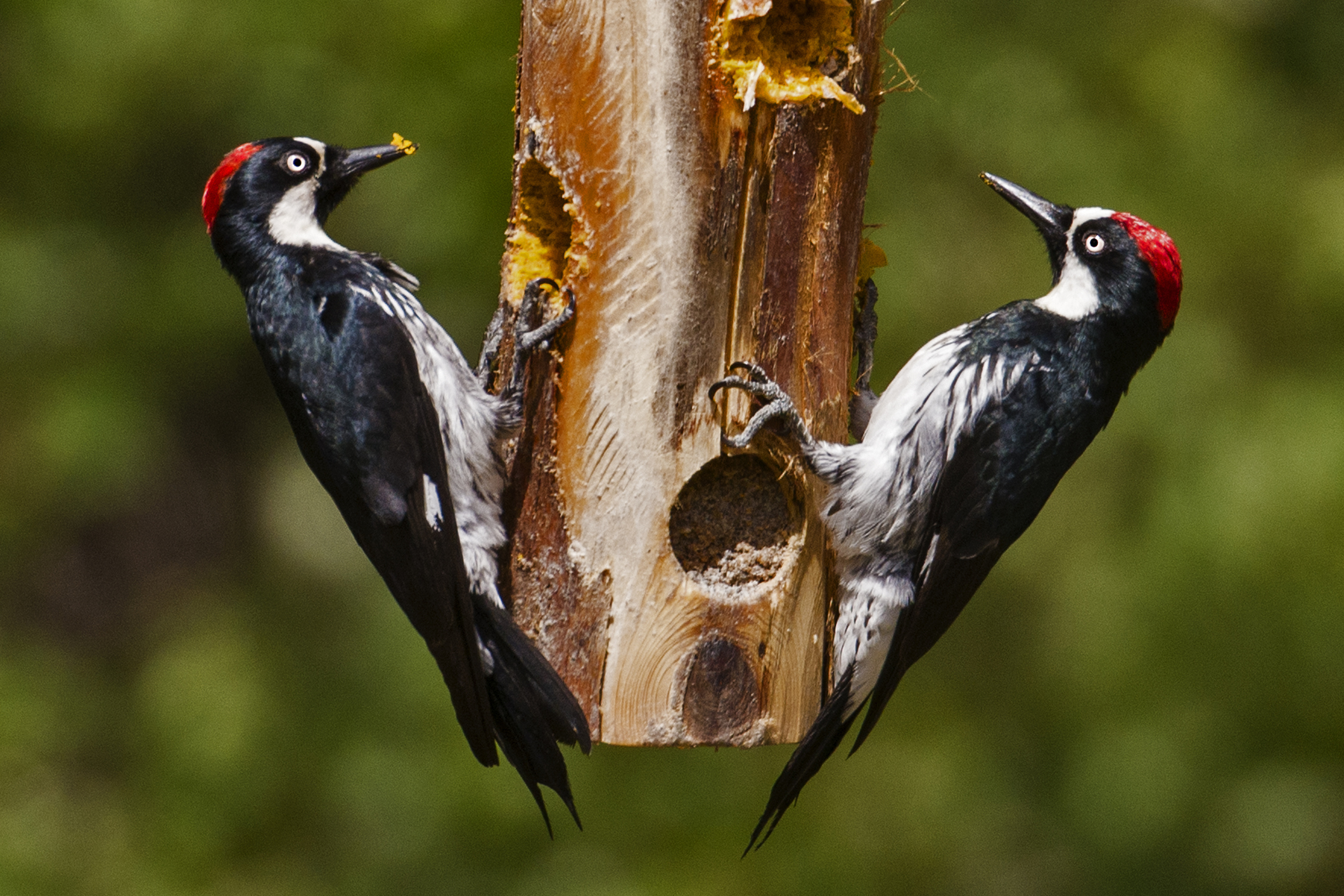
There are some contradictory opinions on this from scientists, with some suggesting that “the size and orientation of the bird’s brain safeguard it” instead of having their own “built-in pillow”.
6. You can see an owl’s eyes through their ears if you move the feathers
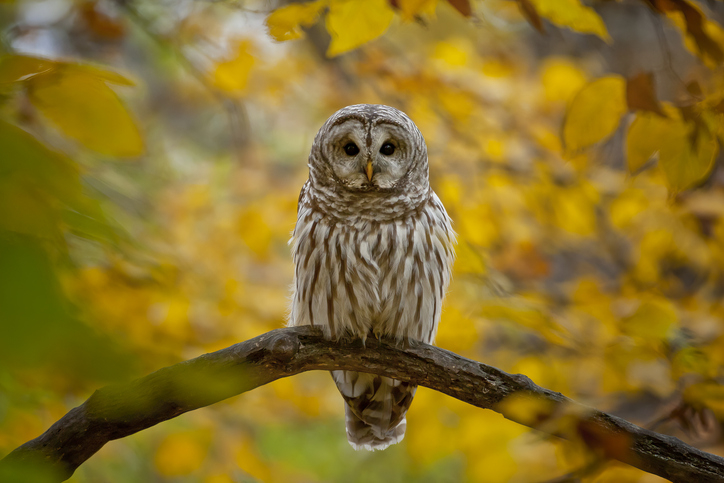
Due to them lacking external ear structures, their ears act as open holes into their skull meaning that if you *really* wanted to, you can see the back of their eyes.
ADVERTISEMENT7. Dragonflies are one of the best predators to exist
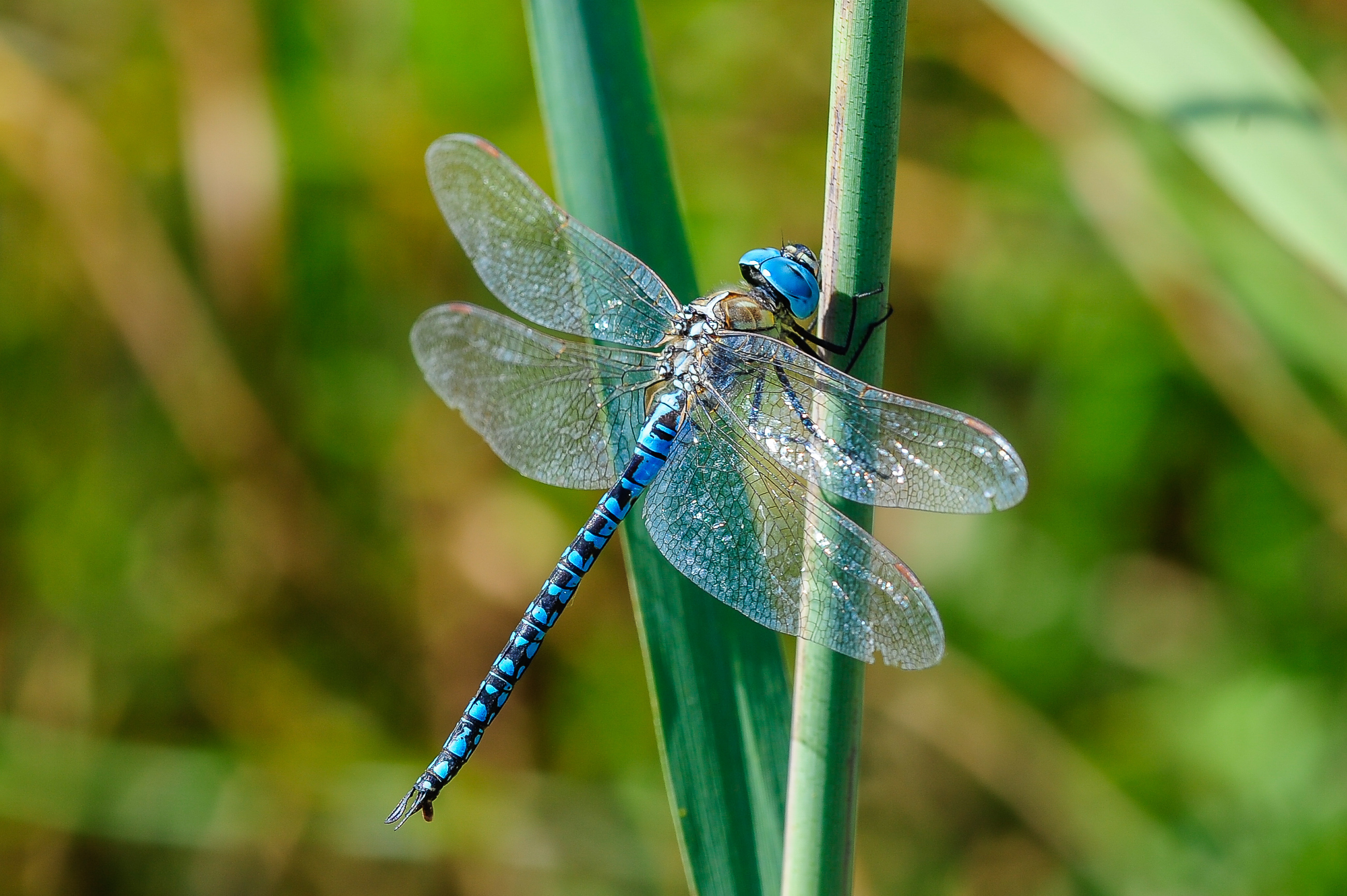
They catch more than 95% of the prey that they target, this is incredible considering that a single lion has a success rate of just 17-19%. Look, dragonflies may be small, but they’re certainly not messing around!
8. Platypuses use electric impulses to detect food under water
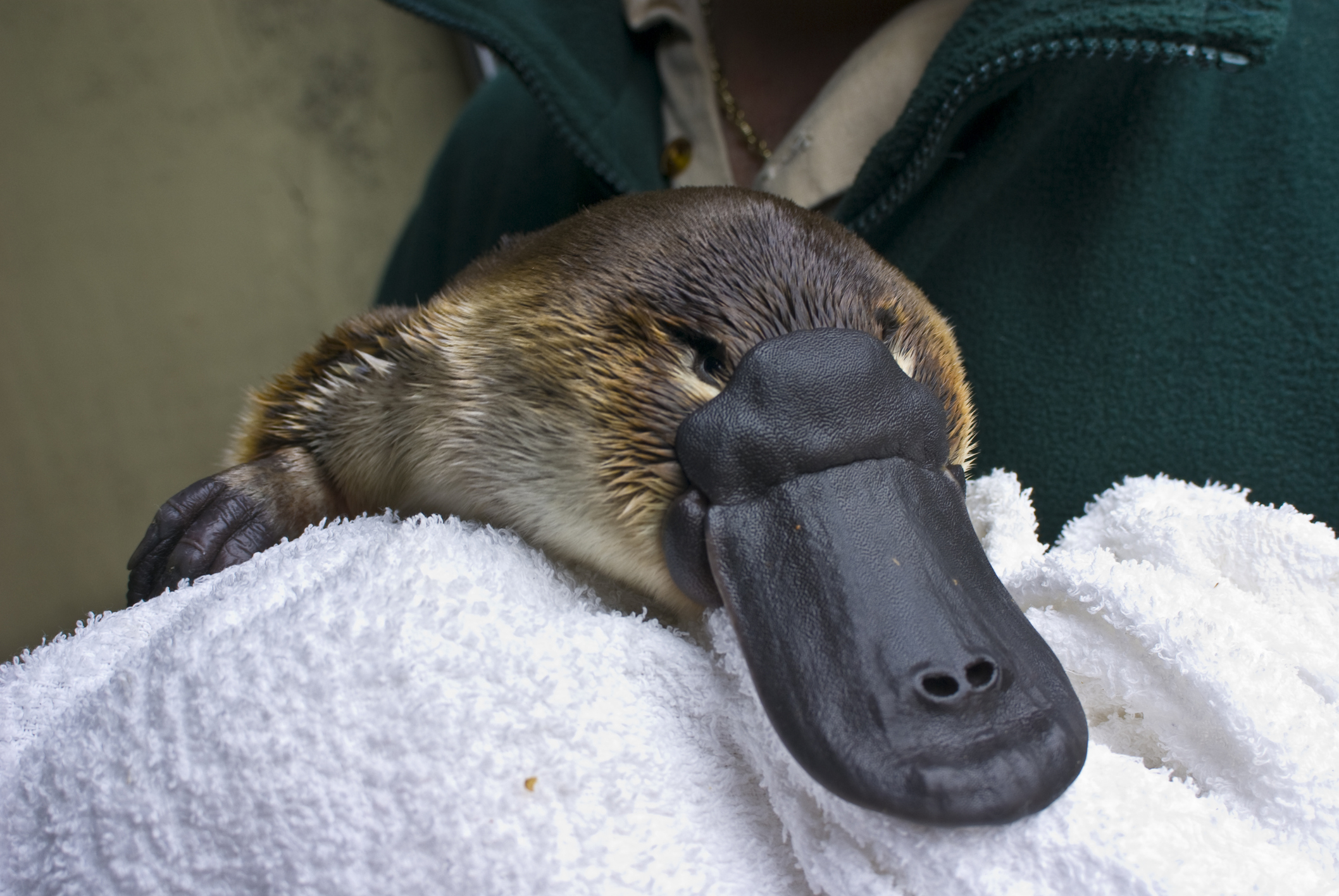
For a platypus, their bill is their most trusted companion. It has receptor cells that help the platypus detect movements and subtle electrical fields:
“Push-rod mechanoreceptors on the bill detect changes in pressure and motion, while two types of electroreceptors track the electrical signals produced by the muscular contractions of the small prey.” By moving its head side-to-side, it can then gather how far away the prey is.
9. Wombats excrement is shaped like cubes
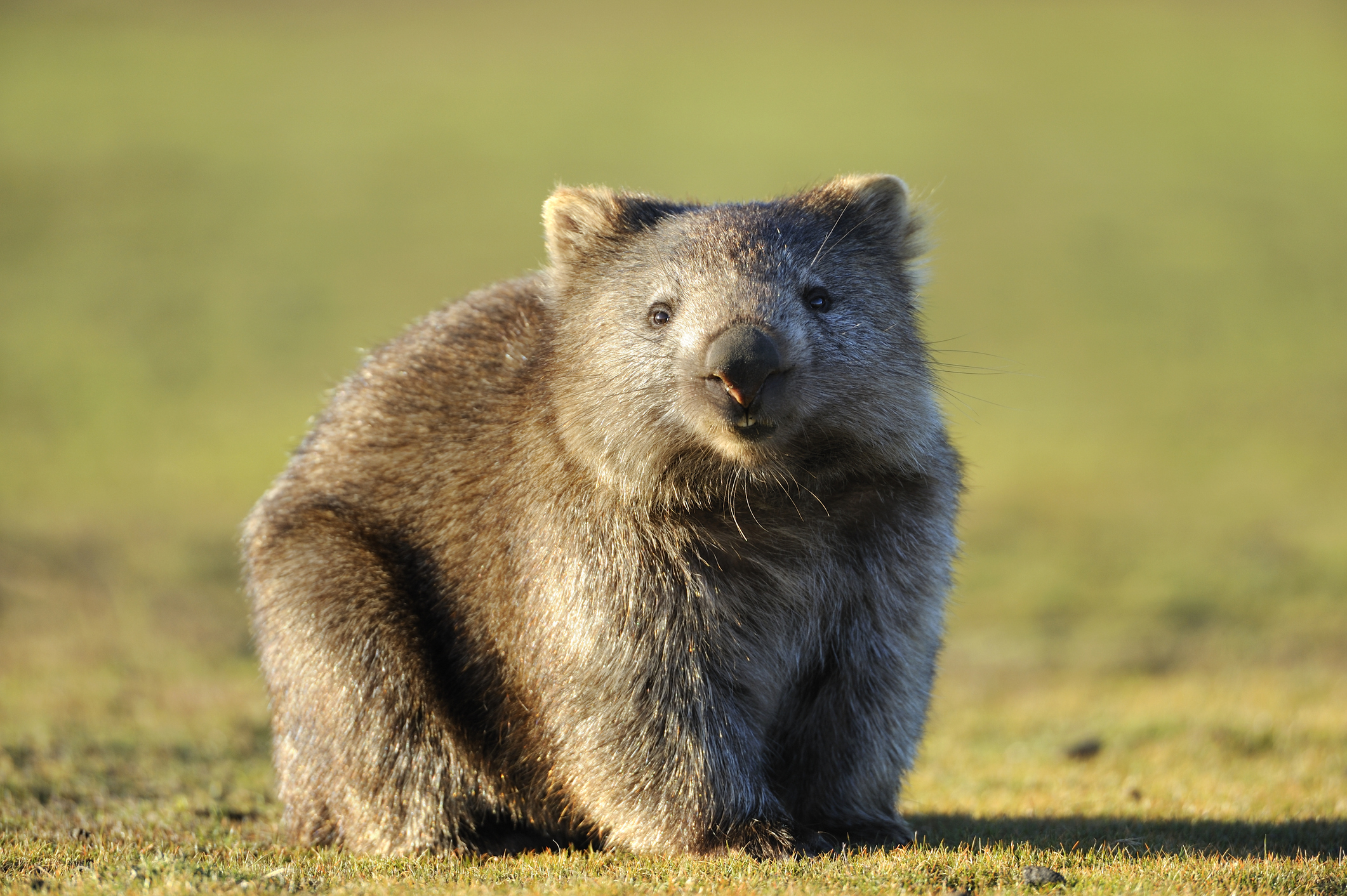
According to scientists, they use waste to mark their territory, and cube-shaped faeces means that it won’t roll away when they stack them. This is completely unique to wombats, and could be due to how differently their intestines work compared to the rest of the animal kingdom.
10. A Kiwi bird’s eggs are almost as big as their body

The egg is about 15% of its bodyweight, so it’s no surprise that the female bird’s energy reserve depletes so rapidly that the male has to take over the hatching process.
11. A species of jellyfish is able to reverse the aging process and reset its life cycle
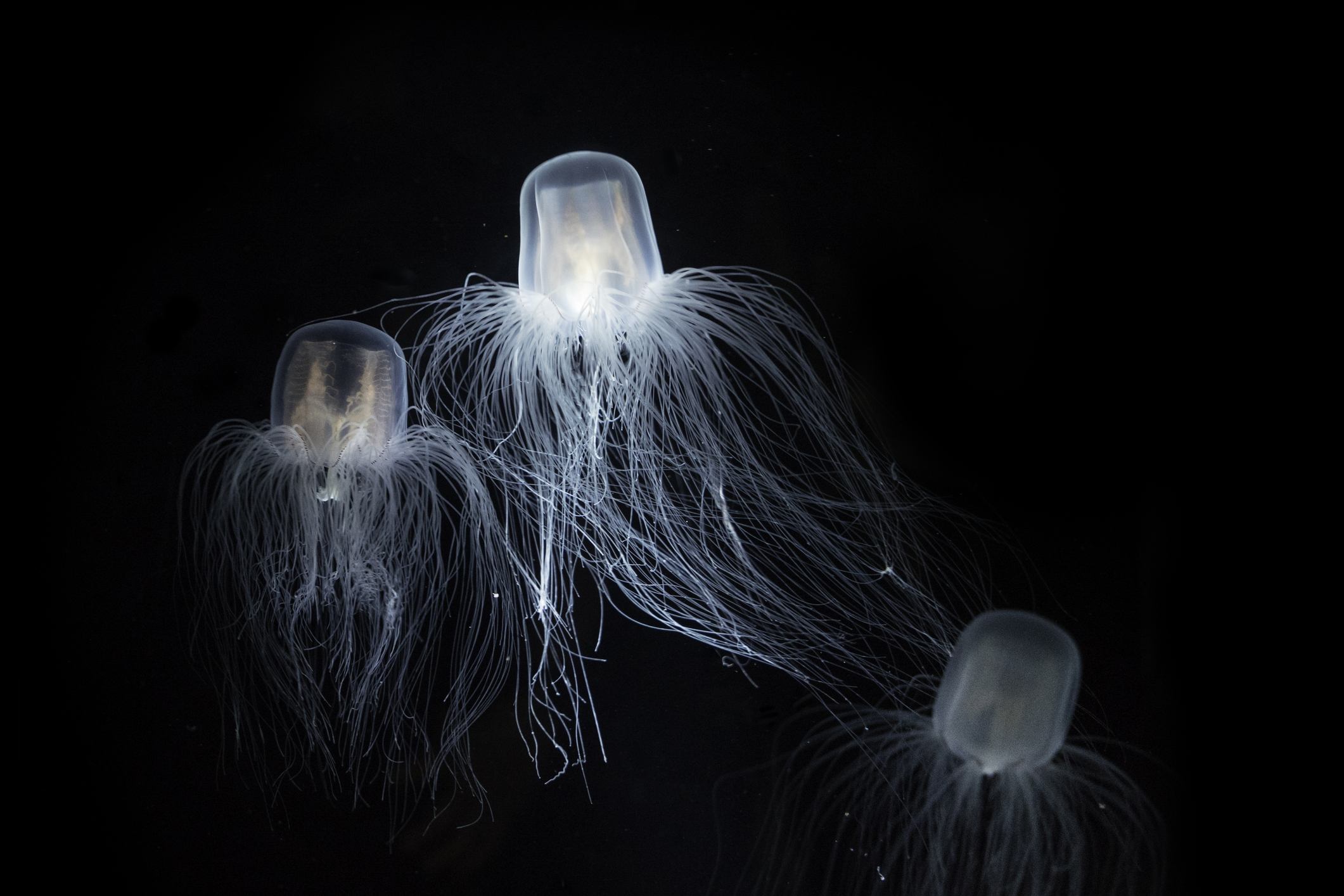
Aptly named the immortal jellyfish (scientifically known as Turritopsis dohrnii), a cellular mechanism allows them to backtrack their developmental process in response to physical death or an imminent threat such as starvation. It’s essentially a form of cell recycling, where the decaying jellyfish turns back into a polyp (which is the beginning of their life cycle after they transform from larvae), with its cells changing into completely different ones and starting life anew.
12. Male anglerfish attach themselves to a female and slowly become a part of her
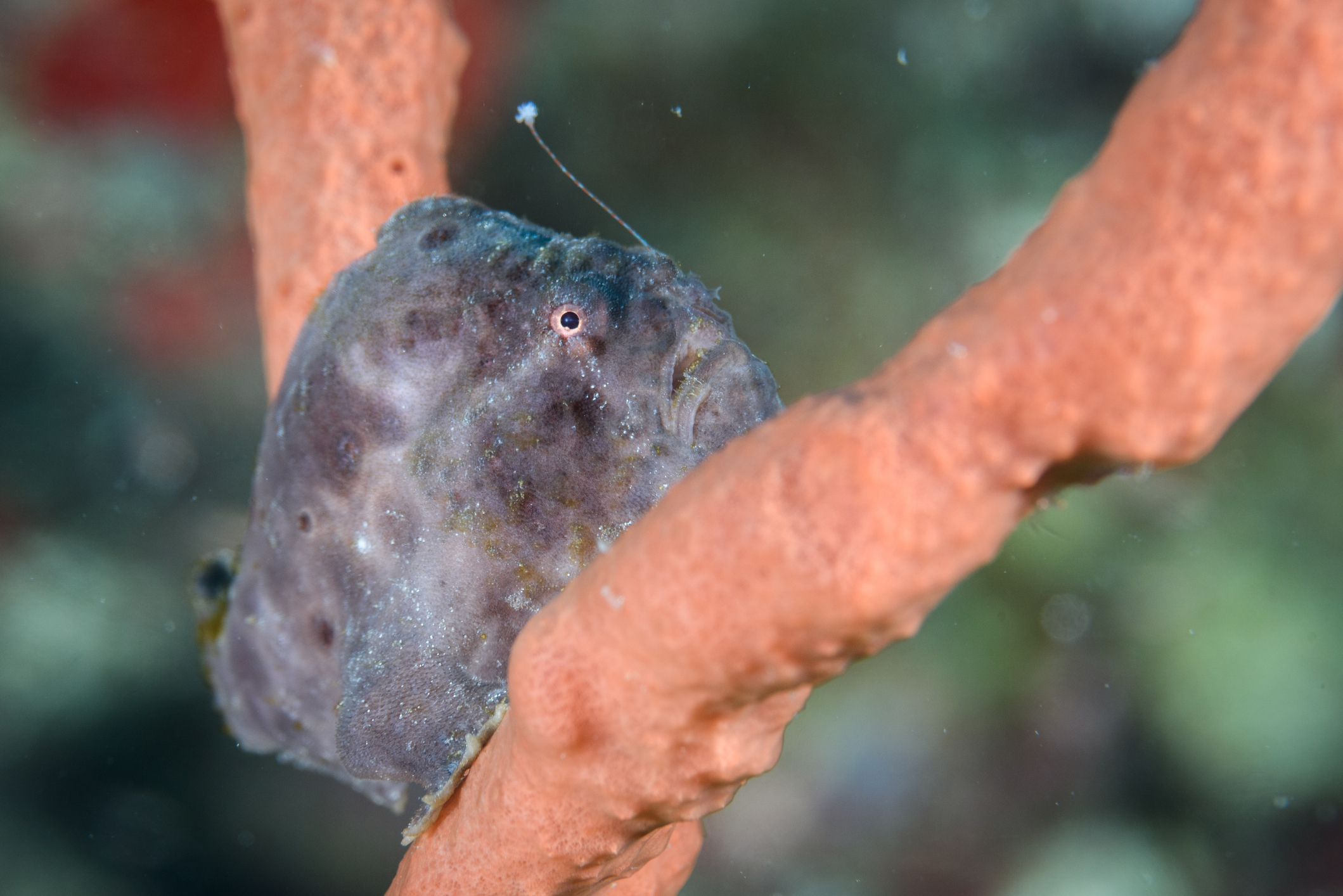
Male anglerfish are tiny compared to their female counterpart, and they don’t have the same ability to attract prey. The female is luminescent, which is key in the depths of the ocean, and so the male will use his sharp teeth to latch onto the side of her body and become attached for life. In some species, the male is a permanent parasite and his body will actually start to fuse with hers. Due to this, he loses the ability to use his eyes as he no longer needs them, but he does provide some use as he acts as a constant supply of sperm to ensure the female can fertilise her eggs.
13. Porcupines quills possess antibiotic qualities
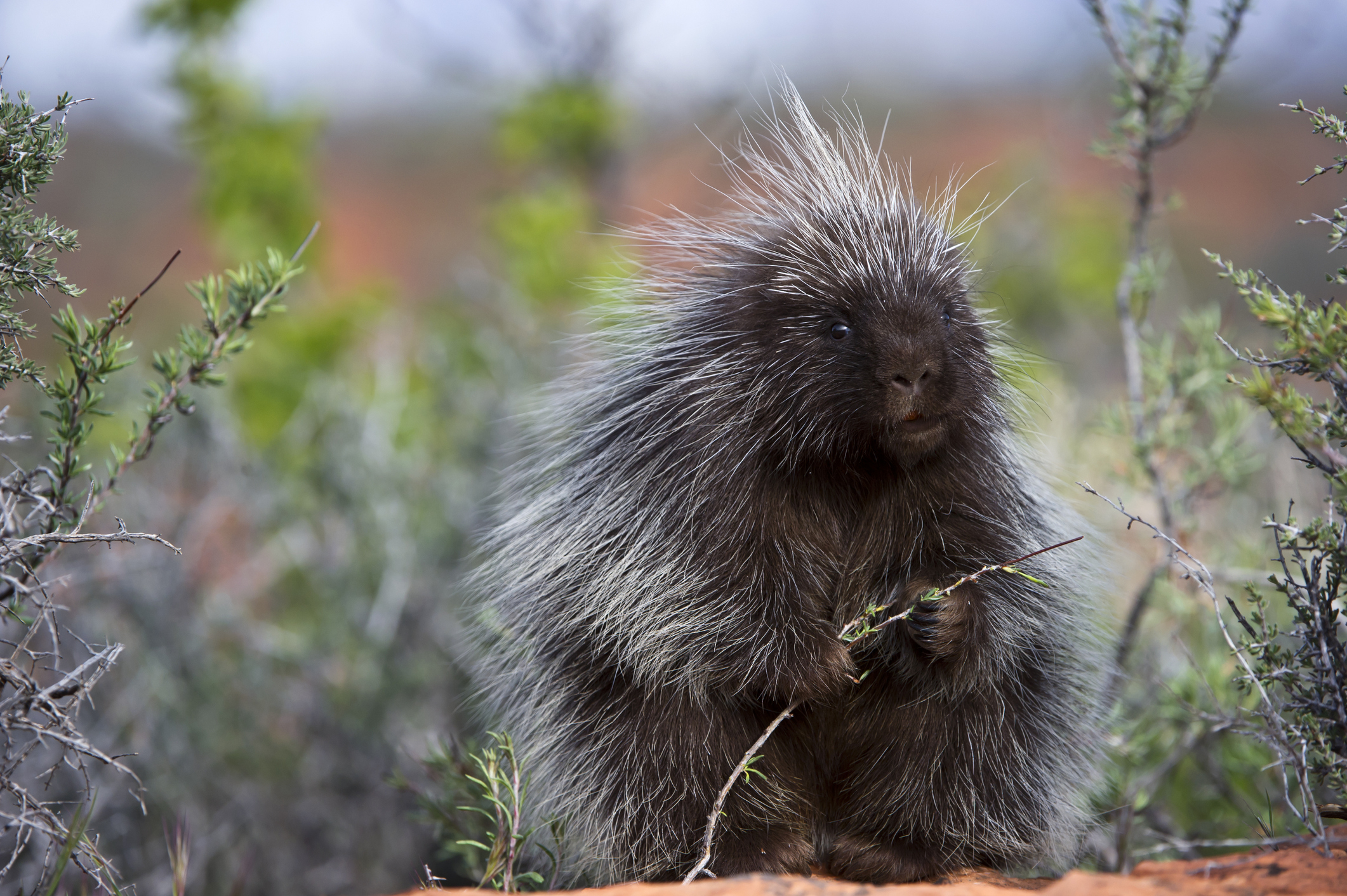
Porcupines love to climb trees, and although they have sharp claws accidents do happen and they can fall. Luckily, their quills contain an oil that is antibacterial, thus, protecting them against infection if they get spiked by their own quill after a fall.
14. Polar bear fur isn’t white, it’s actually translucent
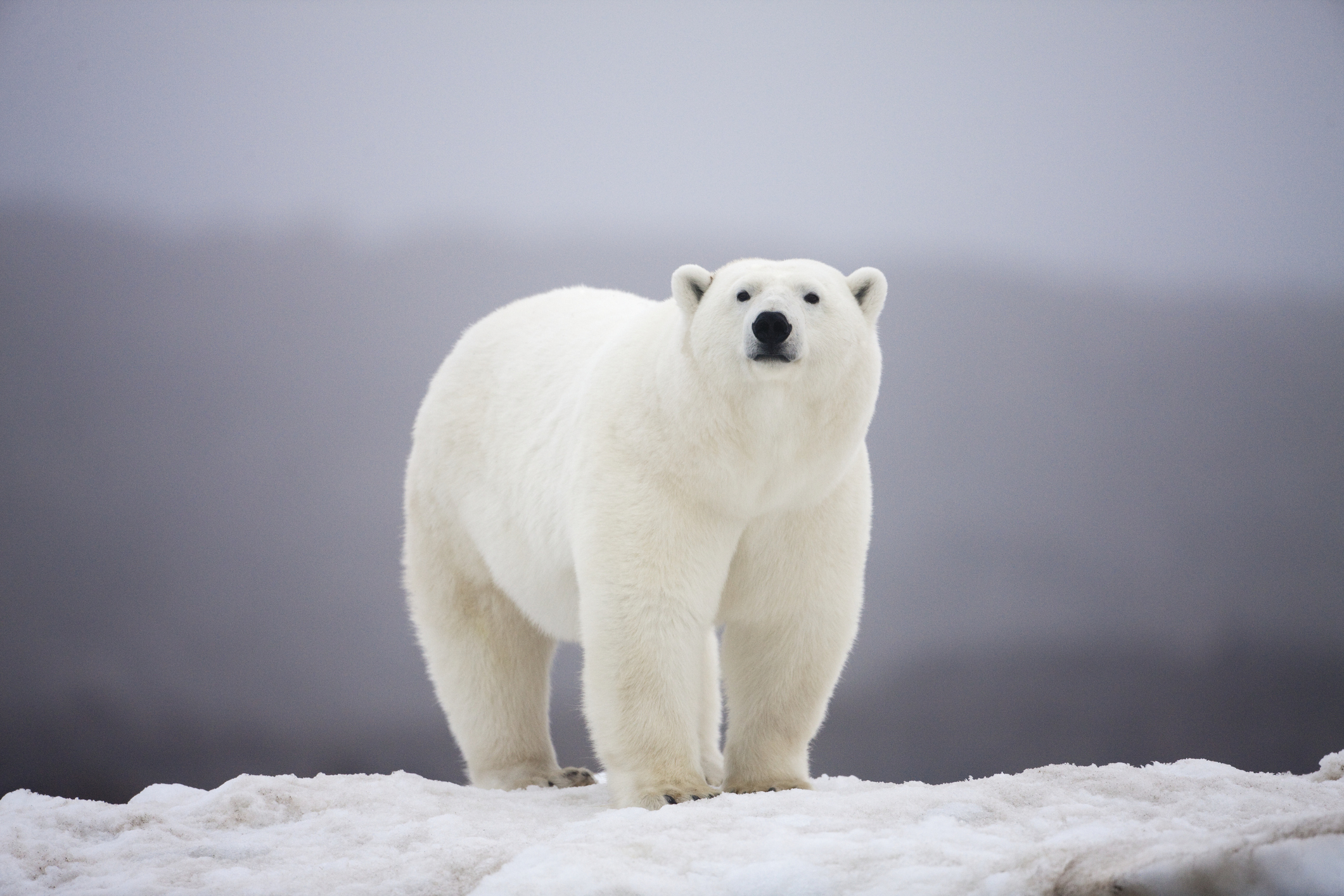
The fur only appears white because it reflects visible light, helping them to blend into their surroundings more.
15. A horseshoe crab’s blood is bright blue
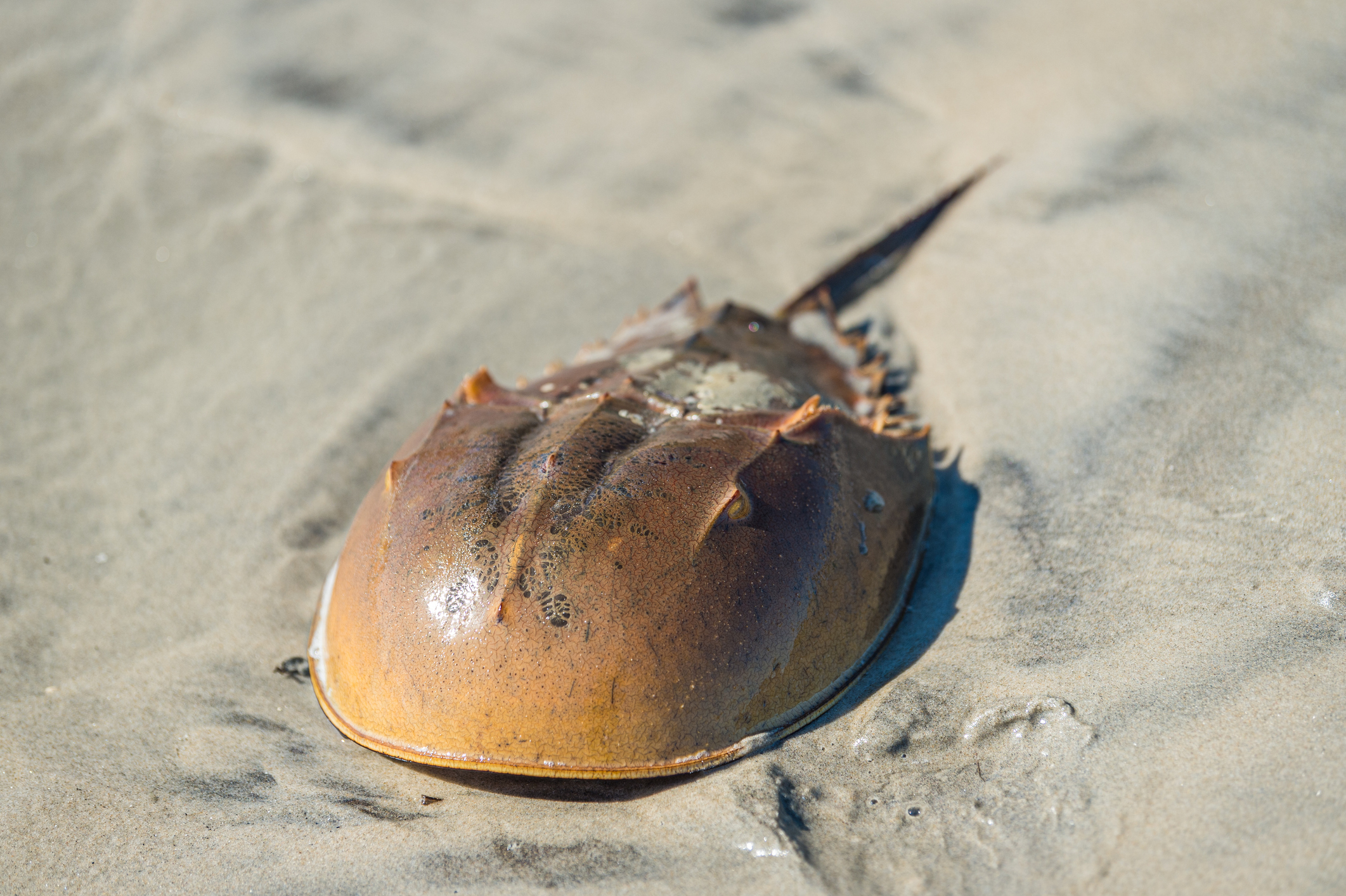
Yup, bright blue. This is due to their blood cells using hemocyanin (copper-based pigment) to transport oxygen instead of iron. Their blood is actually incredibly useful as it contains important immune cells that work to fight against toxic bacteria, as these cells form a clot around the infection and protect the rest of the crab’s body from toxins. This means that horseshoe crab blood has also been harvested to be used in the testing of some vaccines.




